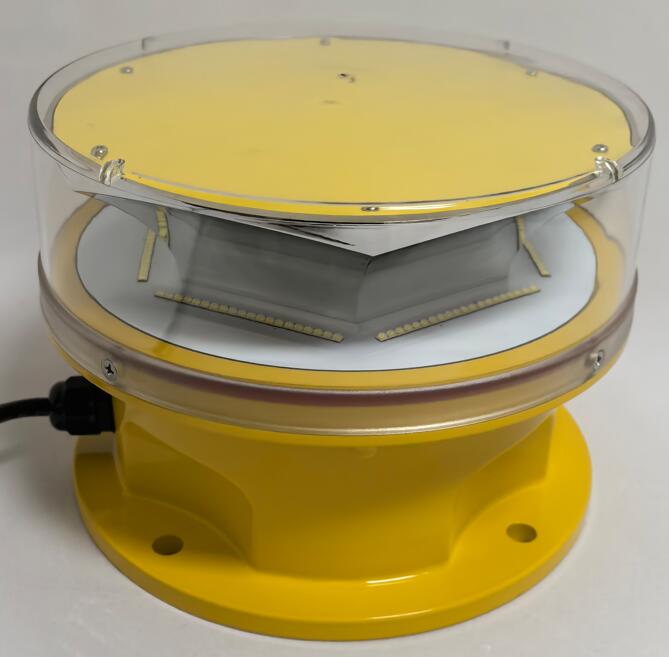In the intricate ecosystem of aviation, where precision is paramount and safety is non-negotiable, every component serves a critical purpose. Among the foundational tools for ensuring aerial safety—both on the ground and in the sky—is the aviation light catalogue. Far more than a simple product list, this document functions as an essential technical guide, a regulatory roadmap, and a specification manual for engineers, airport planners, and maintenance crews worldwide. It is the comprehensive reference that bridges the gap between international safety standards and practical implementation on the tarmac, tower, and runway.
An aviation light catalogue is systematically organized to address the diverse and highly specialized lighting needs of the industry. It begins by categorizing lights based on their primary function: obstruction lighting, runway and taxiway lighting, aircraft navigation lights, and apron lighting. Each category is further subdivided by technology, intensity, and specific application, creating a logical structure that allows users to quickly identify the exact product required for any given scenario. This meticulous organization is crucial, as selecting the wrong light can have grave consequences.
The core of any reputable aviation light catalogue is its emphasis on compliance. Each product listing is explicitly linked to the stringent regulations set forth by bodies like the International Civil Aviation Organization (ICAO), the Federal Aviation Administration (FAA), and other national aviation authorities. The catalogue doesn't just state that a light is compliant; it provides the specific certification details, such as FAA L-810 or ICAO Annex 14 Chapter 6, and details the exact conditions under which the product is approved for use. This transforms the catalogue from a sales document into a trusted technical resource that professionals rely on to meet legal and safety mandates.

Within its pages, the catalogue provides detailed technical specifications for each lighting unit. This goes far beyond dimensions and weight. Critical photometric data—such as luminous intensity (measured in candelas), beam divergence, and flash characteristics—is presented with precision. For obstruction lights, the catalogue will specify whether a unit is L-864 (red, low-intensity) or L-865 (white, high-intensity strobe), and for which structure heights it is appropriate. This data is vital for engineers designing a lighting system to ensure it provides adequate conspicuity from all required approach angles and distances.
A significant section of a modern aviation light catalogue is dedicated to the technology powering the lights. It elaborates on the advantages of Light Emitting Diodes (LEDs) over traditional incandescent or xenon strobe solutions. Key differentiators highlighted include superior energy efficiency, exceptionally long service life (often exceeding 50,000 hours), reduced maintenance needs, and enhanced reliability. The catalogue will also detail the options for power sources, including standard AC/DC units, solar-powered systems for remote or off-grid locations, and critical backup power integrations.
Recognizing that lights do not operate in isolation, a comprehensive catalogue dedicates substantial space to support systems and accessories. This includes the all-important aviation light control panel and monitoring systems, which allow for the automated and remote management of entire lighting networks. Photocells, isolation transformers, power supplies, and specialized cables are all presented as integral parts of a complete solution. Furthermore, the catalogue provides essential guidance on accessories like hazard markers for wires, frangible couplings designed to break away on impact, and various mounting brackets engineered for specific structures like wind turbines or power lines.
A crucial, often overlooked, function of the aviation light catalogue is its role in facilitating maintenance and lifecycle management. It provides detailed ordering codes for replacement parts, lenses, and modules, ensuring that airports can maintain their systems with genuine components that preserve the original certification. For many, the catalogue also includes guidance on installation, recommended maintenance schedules, and troubleshooting advice, serving as a long-term reference manual for the operational lifespan of the lighting systems.
The aviation light catalogue is an indispensable instrument in the aviation industry's unwavering commitment to safety. It is a meticulously curated repository of knowledge that translates complex regulations into actionable technical solutions. By providing a clear, standardized, and detailed overview of available technologies and their applications, the catalogue empowers professionals to design, implement, and maintain the luminous guidance system that protects every flight. It is, in every sense, the navigator's compendium for illuminating the path to safety.